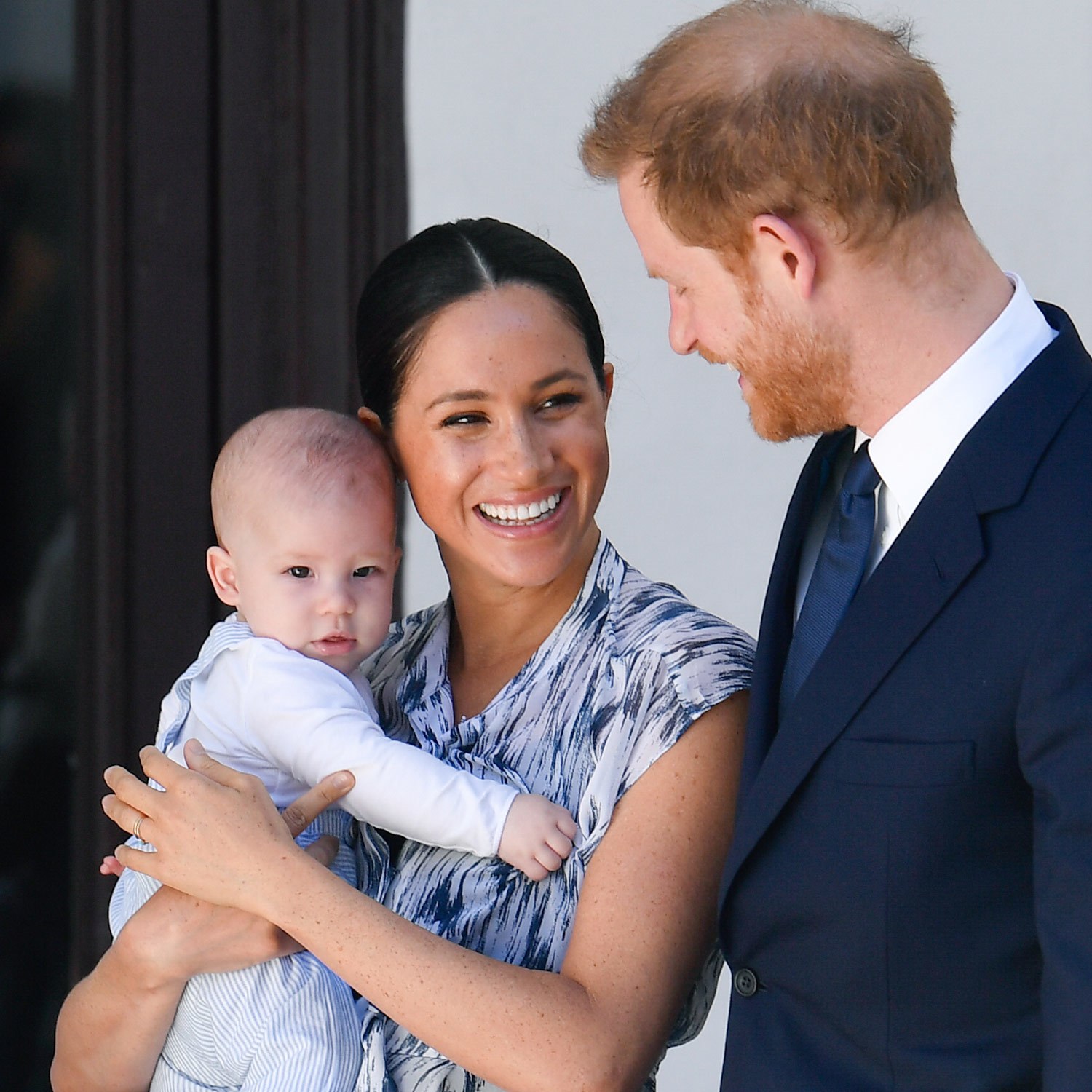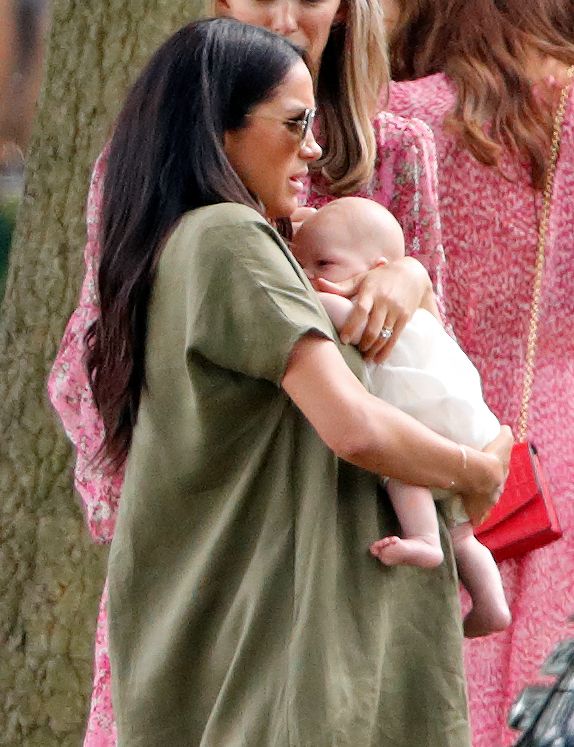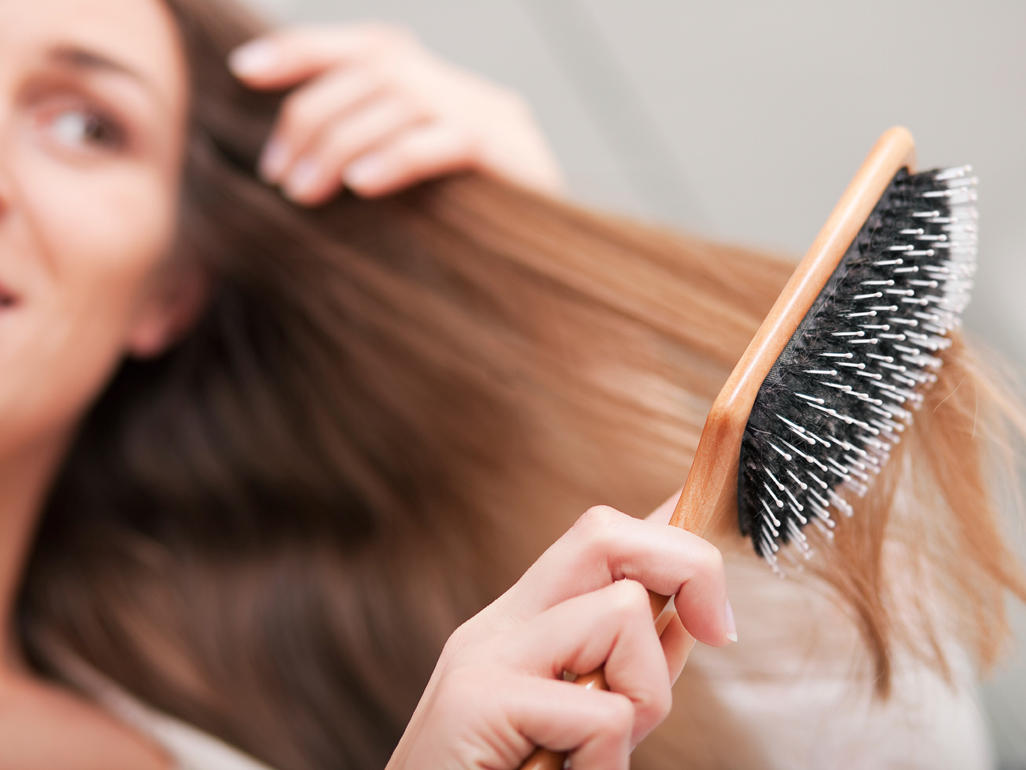
Postpartum hair loss is one of the many unpleasant realities that comes along with bringing a baby into the world. If you've experienced it, then you know waking up to hair on your pillow or noticing clumps in the shower can be scary.
But postpartum hair loss is a super common aftereffect of pregnancy. According to the American Pregnancy Association, the condition affects somewhere between 40 to 50 percent of women. That may even include Meghan Markle. According to one hair expert, her post-baby buns and low ponytails were a means for disguising postpartum hair loss, reported InStyle.
But Duchess or not, when you're dealing with postpartum hair loss it can feel like the condition will last forever. Here is everything you need to know about postpartum hair loss, including why it happens and the steps you can take to help speed up the process.
 PHOTO: FILE
PHOTO: FILEWhat causes postpartum hair loss?
Just like most of the ups and downs that come with pregnancy, birth, and the time thereafter, postpartum hair loss (officially known as telogen effluvium) is associated with your hormones.
The reason women notice excessive shedding of hair after giving birth is directly related to the rise in hormones that occurs during pregnancy, explained Debra Jaliman, M.D., assistant professor of Dermatology at Icahn School of Medicine at Mount Sinai. As a result, women experience a pause in the shedding process that otherwise naturally occurs on a daily basis, which is why many women experience thicker hair during pregnancy.
 PHOTO: FILE
PHOTO: FILE"Postpartum hair loss is simply "your hair cycle attempting to return to normal," she said. In general, you'll notice hair loss two to three months following childbirth, and it should only last a few months, typically returning to its normal pre-baby condition six to 12 months after childbirth.
6 top tips that will help you get rid of bloating
How to treat postpartum hair loss
Your dermatologist can confirm telogen effluvium by doing a hair pull test. The process involves gathering about 40 hairs between the thumb and forefinger and gently tugging. If more than six hairs are pulled out, this is consistent with telogen effluvium.
In the end, telogen effluvium doesn't have any set treatment; it's just a normal part of the postpartum experience that needs to run its course. Dr. Jaliman recommended a few steps you can take to ensure healthy growth while your hair goes through this natural regrowth process.
 PHOTO: FILE
PHOTO: FILEAvoid tight ponytails and braids.
Skip the heating tools (e.g. curling irons, flat irons).
Take vitamins. (Note: Always be sure to check with your physician first.)
Use products with biotin.
Eat a diet rich in fruits and vegetables.
Have something to add to the story? Share it in the comments below.



























































COMMENTS
Comments are moderated and generally will be posted if they are on-topic and not abusive.
For more information, please see our Comments FAQ